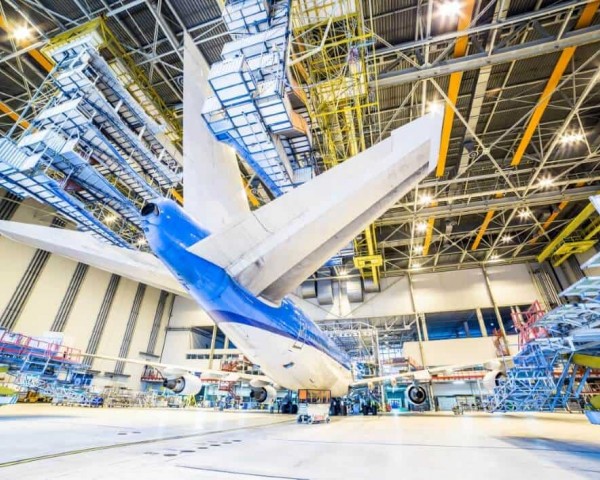The Airbus A320 proved to be the most popular aircraft
It seems that the top flight game has a new leader. On October 7, 2025, Flynas, a Saudi budget airline, took ownership of Airbus’ 12,260th A320 series aircraft, thus surpassing the widely used Boeing 737 as the most frequently used commercial aircraft in history.
Just 37 years after the initial launch of the Airbus A320, this opportunity marks a significant shift in the narrowbody market. These monoplanes, known for their fuel efficiency, now handle everything from short flights to cross-continental journeys. As airlines strive to cut costs amid rising fuel costs and traffic demands, Airbus’s adaptive model is a winner, supported by significant orders and some production disruptions from Boeing.
Launch to record breakers from 1988
The Airbus A320 family first appeared with Air France in 1988, bringing in-flight technology, composite materials, and unprecedented performance to the industry. Now, with more than 19,352 orders and 12,260 deliveries, it has surpassed the Boeing 737 – first delivered in 1967 – by about 46 aircraft by the end of September 2025. Boeing’s total was 12,214. It took Airbus less than four decades, while Boeing has been at it for 58 years, showing the market response to Airbus.
Boeing’s September deliveries, about 53 aircraft including 41 narrowbodies, were steady, but they could not fill the gap. The figure is expected to be officially confirmed on October 14. Airbus, meanwhile, reported just 73 orders in September, the most profitable month of 2025, bringing total deliveries for the year to 507 – a 2% increase over 2024. The increase shows how much more airlines want than single-aisle aircraft, each of which carries more than 7 billion passengers. the year
Evolution in the air towards long distance jumping
Like its rival, the Airbus A320 has been updated over time, most notably with the A320neo (new engine option) in 2016. So the version has more efficient engines from CFM International or Pratt & Whitney, reducing fuel consumption by 15-20%, which attracts airlines.
Currently, the expanded A321, the family’s top seller, can seat more than 240 in a high-density configuration—ideal for filling seats on low-cost routes. Also, the A321LR (Long Range) and the soon-to-be A321XLR extend single-aisle economy to a much longer range, about 8,500 km (about 11 hours), without the need for large jets like the Boeing 787 or Airbus A350. With this specialized capability, budget operators such as Flynas—now the largest new customer of the A320 family—can acquire premium routes previously reserved for the most expensive aircraft.
Boeing’s odds against the Airbus buffer
The delivery crown is no accident—Airbus is benefiting from a significant order backlog. As of September 2025, more than 7,000 orders remain for the A320 series, compared to less than 5,000 for the Boeing 737. Recent wins, such as Flynas’ expanded fleet, reinforce this advantage, ensuring continued production for years to come.
However, Boeing faces limitations. Starting in January 2024, the FAA has limited 737 MAX production to 38 per month due to quality concerns, including the recent incident at Alaska Airlines. A Covid-related inventory and delivery freeze to China – related to the US-Beijing trade dispute – has recently enabled Boeing to exceed the cap, but versions such as the 737 MAX 7 and 10 have been delayed, still awaiting approval. New orders, such as 30 MAX each from Macquarie AirFinance and Norwegian Group, are beneficial, but lessors now make up nearly a quarter of the 737 backlog.
Change for cheaper rent
This transition is critical to the future of aviation. Low-cost carriers such as Ryanair in Europe and IndiGo in Asia use the A320 to have pilot training commonality across models, and reduce operating costs. Airbus’ rise is perhaps best embodied by Flynas’ recent A320 acquisition. This shows how important efficiency and staying power are in the aviation industry. The future? It’s narrow-bodied, sleek, and… well, European-looking, which is something for flight planners and those who simply dream of flying.
Boeing, meanwhile, is hinting at a future 737 replacement. However, they face significant challenges in certification, not to mention ongoing supply chain issues. Airbus plans to produce 75 A320 aircraft per month by 2026. What does this mean? Essentially, the ongoing rivalry between these two giants promises to evolve. However, these initiatives depend on the regulators and the state of international politics. For passengers, the A320neo means more affordable fares and lower emissions in general, aligning with many airlines’ 2050 net-zero goals and strengthening its leading position on high-density routes.




Post Comment